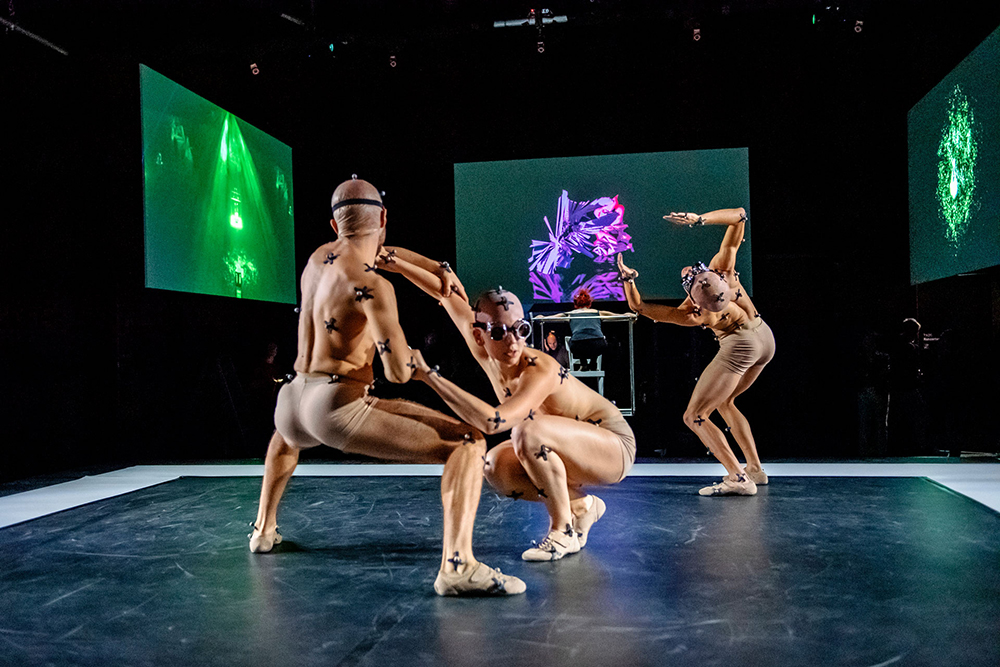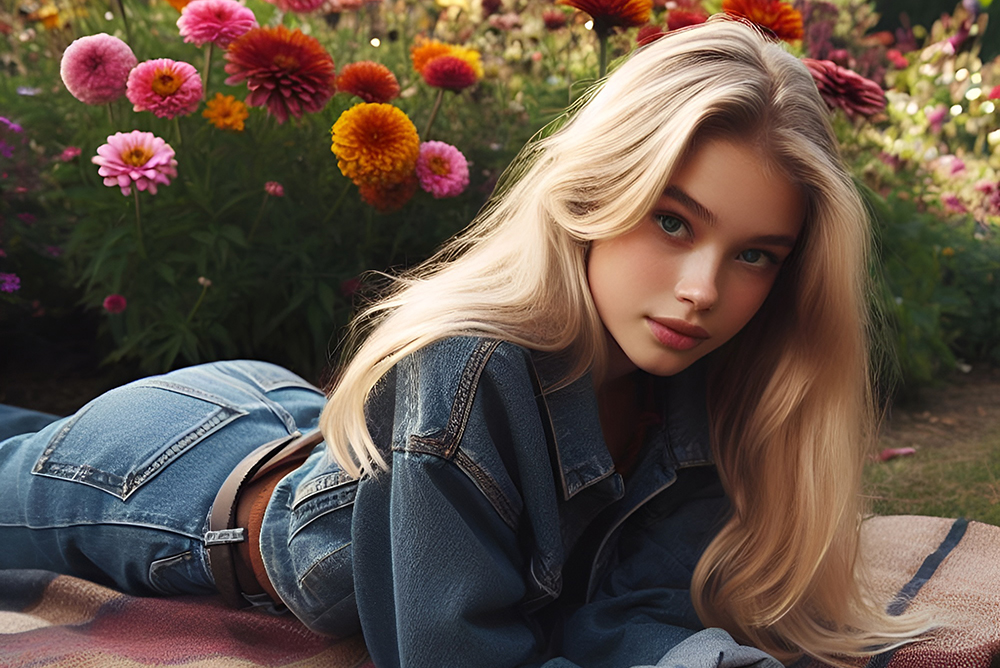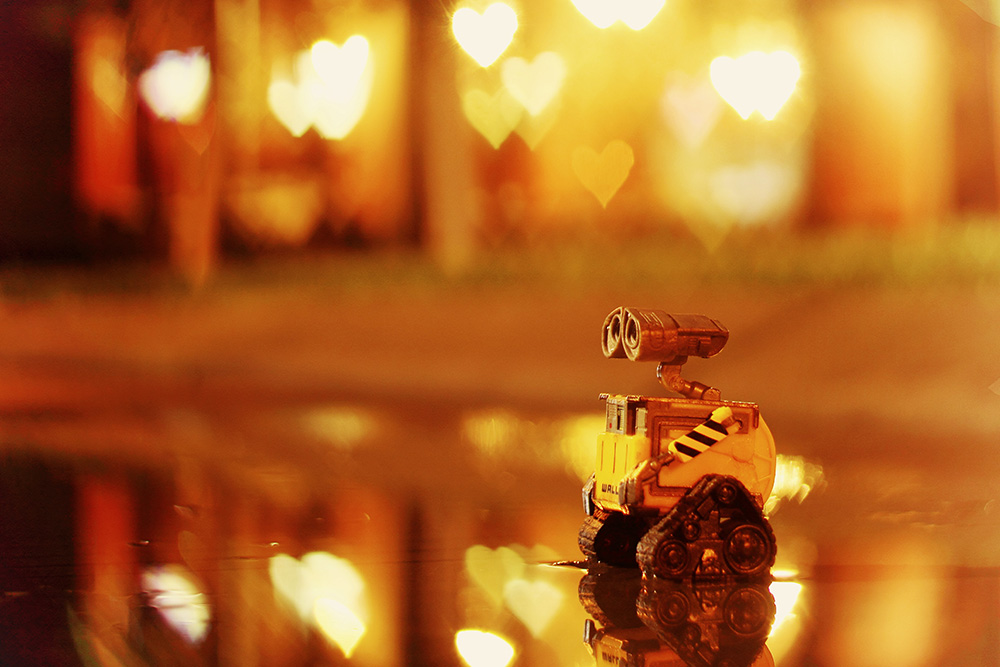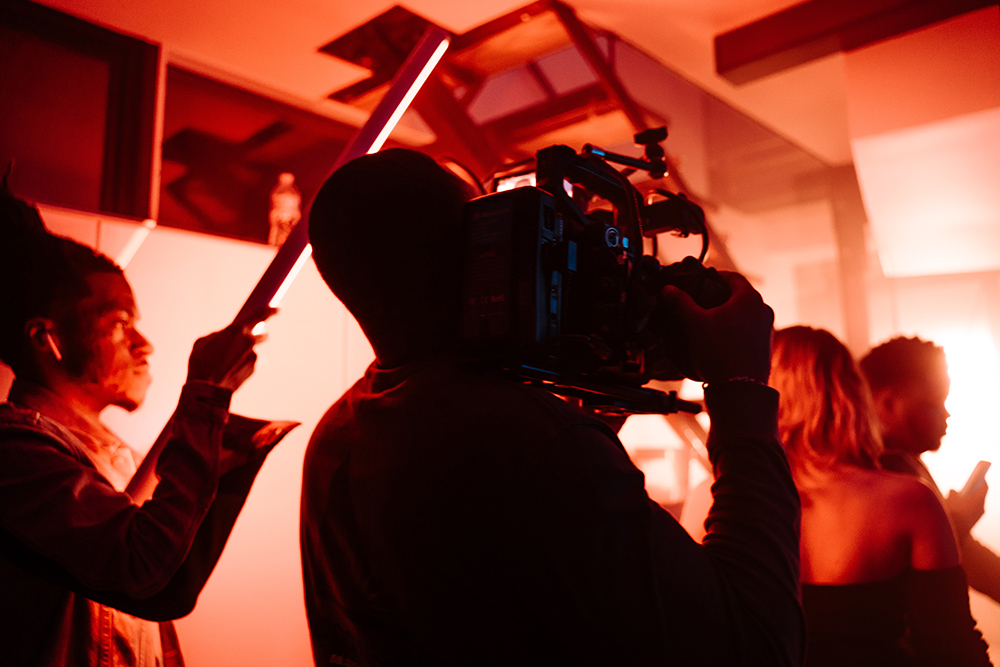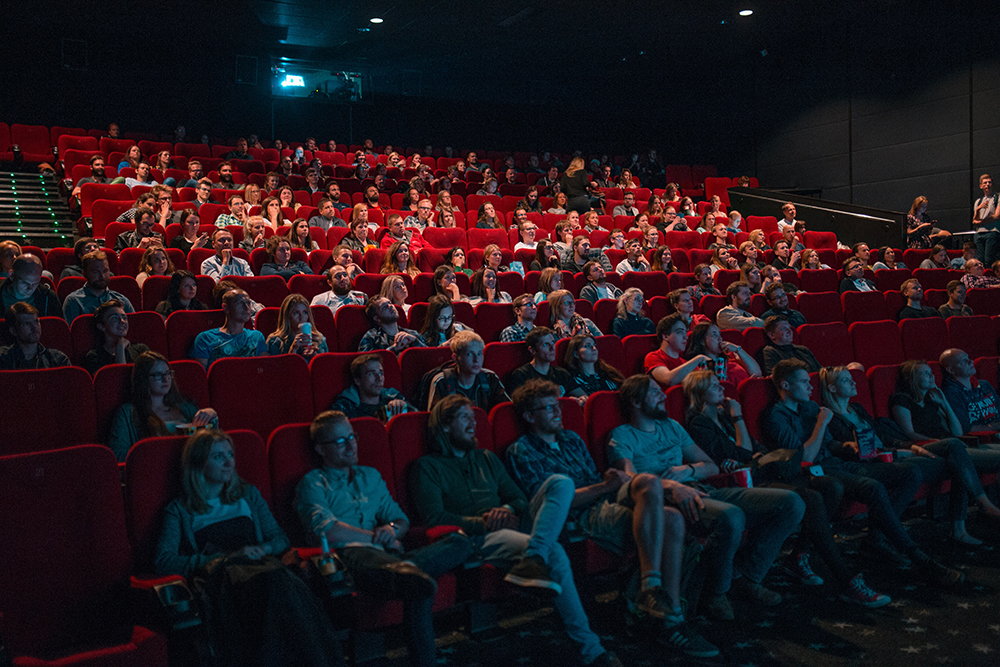The book “Tender Digitality”, edited by Charlotte Axelsson from the Zurich University of the Arts, will be published in early February 2024. From the publisher’s website: “Tender Digitality introduces an aesthetically oriented concept that intricately intertwines binary systems in a complex manner, setting them in motion. The concept responds to the human desire for sensuality, interpersonal connection, intuition, and well-being in digital environments. It explores ways to (re)transmit these experiences into the analog world of a book, developing its own distinct vocabularies. Readers are guided through the various perspectives of this kaleidoscope, encouraging them to delve into different play-forms of ‘tender digitality’ and develop their own approach. Assuming the role of researchers, they discover phenomena of extraordinary beauty or bizarreness within the spectrum spanning analogue and digital, social, and technological domains. Through exploration, learning, and the cultivation of ‘tender digitality,’ readers can envision their own version of a community where individuals and artificial intelligences, avatars and cyborgs, humans and computers navigate digital landscapes with agency, intuition, and sensitivity.” (Website Slanted) Contributors include Charlotte Axelsson, Oliver Bendel, Dana Blume, Marisa Burn, Alexander Damianisch, Léa Ermuth, Hannah Eßler, Barbara Getto, Leoni Hof, Marcial Koch, Mela Kocher, Friederike Lampert, Gunter Lösel, Francis Müller, Marie-France Rafael, Oliver Ruf, Sascha Schneider, and Grit Wolany. More information at www.slanted.de/product/tender-digitality/ (Photo: © ZHdK).
On Beauty
On 17 October 2023, Oliver Bendel published a little book entitled “ON BEAUTY” in which he posed 26 questions about beauty to GPT-4. The language model’s answers show the direction in which it has developed. They reveal much of the world knowledge it has accumulated. But they are also unassailable and quite general. To some questions that are not usually asked, it has downright woke answers. Only questions about the measurability of beauty or the connection between beauty and evolution elicit some concessions from the chatbot and text generator. Questions and answers are illustrated with images generated by DALL-E 3. They show beautiful people, beautiful animals, beautiful things, beautiful landscapes. Some are highly expressive art, others are kitsch. Like its predecessor “ARTIFACTS WITH HANDCAPS” (24 September 2023), this little book can be downloaded for free. Oliver Bendel has been writing experimental literature for 40 years, from concrete poetry and mobile phone novels to poems in the form of 2D and 3D codes and AI-generated texts. He has toured the Netherlands with his mobile phone novels and poems on behalf of two Goethe Institutes. The standard reference “Die Struktur der modernen Literatur” (Mario Andreotti) devotes two pages to his work (Photo: DALL-E 3).
From WALL·E to DALL·E
DALL·E 2 is a new AI system that can create realistic images and art from a description in natural language. It was announced by OpenAI in April 2022. The name is a portmanteau of “WALL-E” and “Salvador Dalí”. The website openai.com says more about the program: “DALL·E 2 can create original, realistic images and art from a text description. It can combine concepts, attributes, and styles.” (Website openai.com) Moreover, it is able to “make realistic edits to existing images from a natural language caption” and to “add and remove elements while taking shadows, reflections, and textures into account” (Website openai.com). Last but not least, it “can take an image and create different variations of it inspired by the original” (Website openai.com). The latter form of use is shown by variations of the famous painting “Girl with a Pearl Earring” by Johannes Vermeer. The website says about the principle of the program: “DALL·E 2 has learned the relationship between images and the text used to describe them. It uses a process called ‘diffusion,’ which starts with a pattern of random dots and gradually alters that pattern towards an image when it recognizes specific aspects of that image.” (Website openai.com) DALL·E mini is a slimmed down version of the powerful program, with which you can gain a first insight. Overall, this is a fascinating and valuable project. From the perspective of information ethics and the philosophy of technology, many questions arise.
Ariana Grande Bows to “Metropolis”
Ariana Grande walks in the footsteps of Fritz Lang with her video “34+35”. The director and actor is famous for his science fiction film “Metropolis” from 1927, in which a robot transforms into an artificial, human-looking woman, the copy of the real Maria (aka Mary). The video, which quotes the famous role model, was produced by Director X. V Magazine writes: “34+35” is the second track of Grande’s recent release “Positions”, “but it is first in sexually charged metaphors” (V Magazine, 17 November 2020). The robot in the “campy video” has the pretty head of Ariane Grande from the beginning. The point is to bring it to life. This happens in an apparatus reminiscent of the one in “Metropolis”. Of course, Ariana Grande is also the scientist who performs the experiment, so she corresponds to the crazy guy named Rotwang. Some lines in the song suggest that the Ariana Grande robot is a sex robot. “Can you stay up all night?/Fuck me ’til the daylight/Thirty-four, thirty-five”, sings the star from Boca Raton. V Magazine writes: “Presumably, a robot could do such a thing, and that is perhaps what this mechanized lady has been designed for.” (V Magazine, 17 November 2020) The purpose of the artificial Maria is different. She is used as a deceptive robot. As such, she is more in the tradition of the research of Ronald C. Arkin and Oliver Bendel.
A Digital Supermodel
Cameron-James Wilson, 31, founded an agency for digital models in London in 2019, The Diigitals. He is the creator of the digital supermodel Shudu. “Since baffling the fashion and modeling world at large, he’s added virtuals Galaxia, Brenn, Dagny, Koffi, Margot, and Zhi to the Gram family.” (Virtual Humans, 4 May 2020) Galaxia is an alien model and has long, pointed ears and a long neck. Koffi is a male virtual influencer with a muscle-rich body, which he likes to show in sparse clothing. Shudu is the most famous avatar of the agency. At this year’s digital fashion shows in Paris and Milan, a number of CGI (Computer Generated Imagery) models and avatars presented the new looks. Shudu was not there, which the creator explains in a SPIEGEL interview by the fact that it is still difficult to animate her to move like a real person. At the end Barbara Markert asks him what Shudu means to him. He answers: “It may sound crazy, but I feel a responsibility for this woman and the community she represents.” (SPIEGEL, 9 December 2020, own translation)
AI in the Art of Film
“Agence” by Transitional Forms (Toronto) is the first example of a film that uses reinforcement learning to control its animated characters. MIT Technology Review explains this in an article published on October 2, 2020. “Agence was debuted at the Venice International Film Festival last month and was released this week to watch/play via Steam, an online video-game platform. The basic plot revolves around a group of creatures and their appetite for a mysterious plant that appears on their planet. Can they control their desire, or will they destabilize the planet and get tipped to their doom? Survivors ascend to another world.” (MIT Technology Review, 2 October 2020) The film could be another example of how art and artificial intelligence belong together. Its director also expresses himself in this direction: “I am super passionate about artificial intelligence because I believe that AI and movies belong together …” (MIT Technology Review, 2 October 2020). Whether the audience shares the enthusiasm in this case and in other areas, the future must show.
